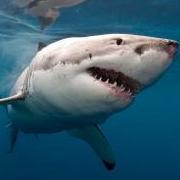-
Topics
-
Latest Update
-
3
-
1
Where to get Innovative Marine tanks here in SG?
Hey bro, did you figure this out? -
2
Rbta on rocks + chaeto
Remaining rbta to clear small to med size total 4 rbta with free chaeto $20 collect today at depot road before 430pm -
0
Wts Nice Biohazard bounce mushroom
Letting go this very nice biohazard bounce mushroom for $200. Great to add to your mushroom collection. With luminous lime green vescicles and body is about 5cm diameter. Collect near woodleigh mrt. Watsapp 93364474 to deal. -
3
Arctica 1HP Chiller. Selling Cheap.
Any pic? Issit the big compressor type?
-





Recommended Posts
Join the conversation
You can post now and register later. If you have an account, sign in now to post with your account.